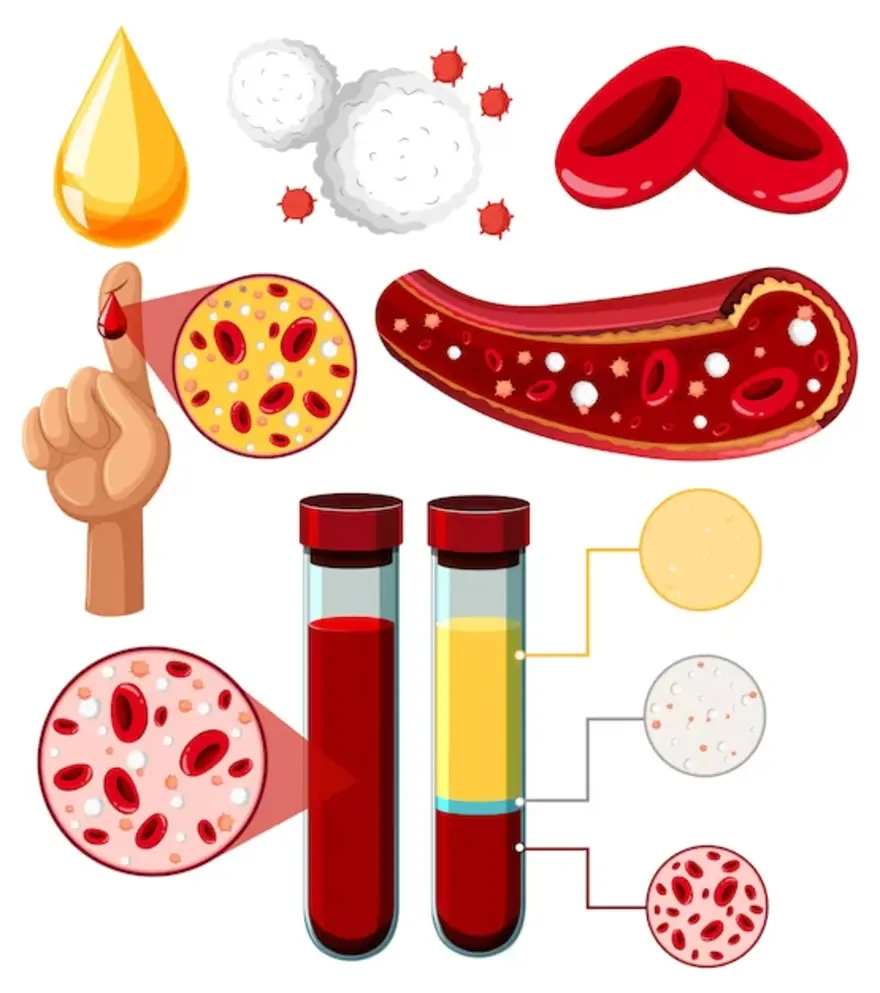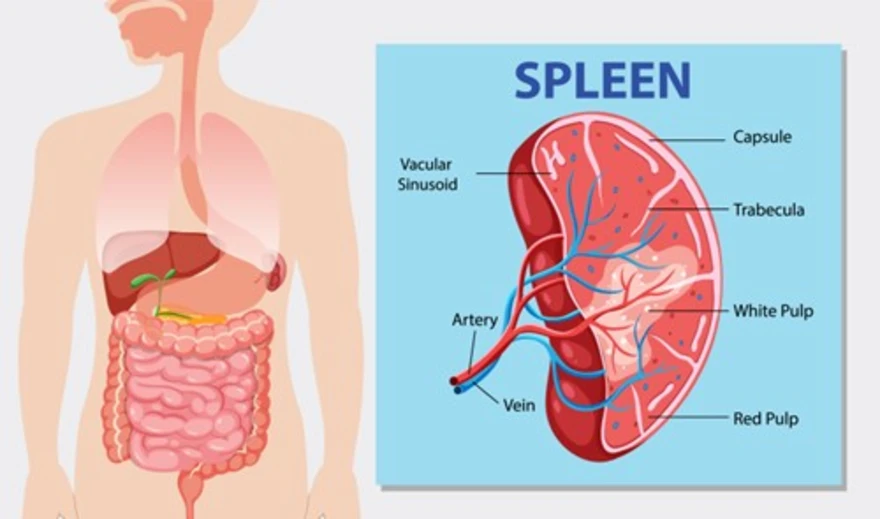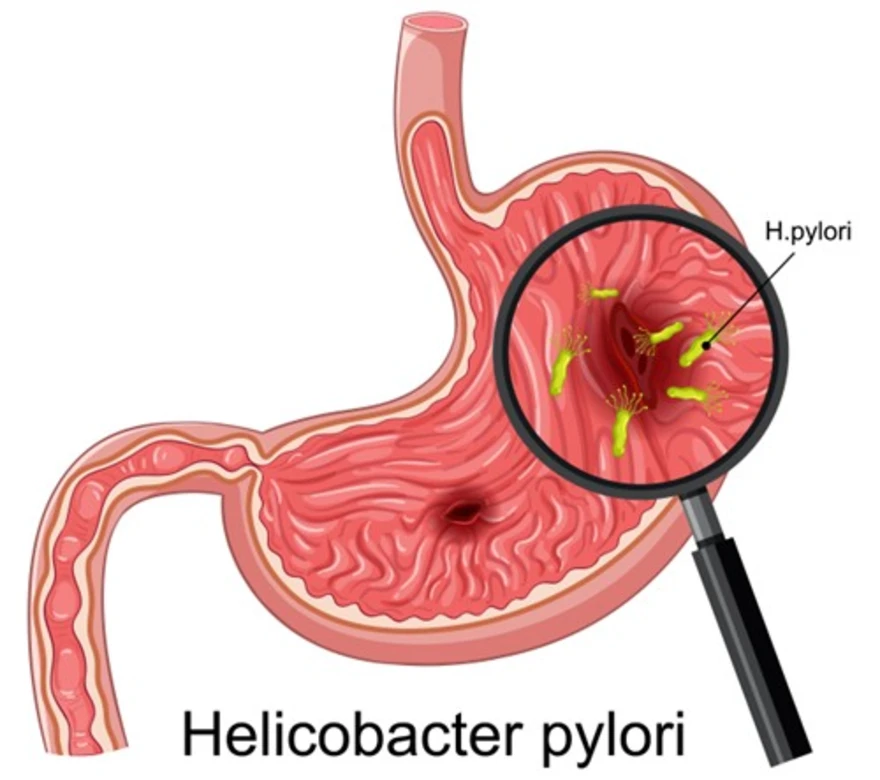Preventive Healthcare
Understanding Diabetes Insipidus (DI): Symptoms, Treatment and Causes

Table of Contents
- What is Diabetes Insipidus?
- What is the Difference Between Diabetes Insipidus and Diabetes Mellitus?
- What are the Types of Diabetes Insipidus?
- Who Does Diabetes Insipidus Affect?
- How Common is Diabetes Insipidus?
- What are the Symptoms of Diabetes Insipidus?
- What Causes Diabetes Insipidus?
- Causes of Central Diabetes Insipidus
- How is Diabetes Insipidus Diagnosed?
- What Tests Will be Done to Diagnose Diabetes Insipidus?
- How is Diabetes Insipidus Treated?
- What Can I Do to Manage My Diabetes Insipidus?
- What are the Risk Factors for Developing Diabetes Insipidus?
- What is the Outlook for Diabetes Insipidus?
- What are the Complications of Diabetes Insipidus?
- When to see a doctor?
- Conclusion
What is Diabetes Insipidus?
Diabetes insipidus is a rare but treatable condition causing excessive urine production and impaired water retention. It results from issues with Antidiuretic Hormone (ADH), causing the kidneys to expel too much water and leading to constant thirst.
What is the Difference Between Diabetes Insipidus and Diabetes Mellitus?
Diabetes insipidus (DI) and Diabetes Mellitus (DM) differ in their nature and impact.
- DI results from insufficient ADH, causing excessive urine production and thirst. In contrast, DM involves elevated blood glucose levels due to insulin dysfunction.
- DI is rare and focuses on water imbalance. However, DM is more common and revolves around glucose regulation.
What are the Types of Diabetes Insipidus?
Diabetes insipidus is primarily categorised into:
- Central Diabetes Insipidus stems from a deficiency of ADH, leading to the impaired body's ability to retain water, resulting in excessive urine production.
- Nephrogenic Diabetes Insipidus (NDI) happens when the kidneys are unable to respond to ADH, leading to reduced water absorption.
- Additionally, there is Gestational Diabetes Insipidus, a rare occurrence during pregnancy, often resolving postpartum.
Who Does Diabetes Insipidus Affect?
Diabetes insipidus disrupts water balance, causing excessive thirst and urination due to inadequate antidiuretic hormone or kidney response.
How Common is Diabetes Insipidus?
Diabetes insipidus is rare, affecting 1 in 25000 people in the general population.
What are the Symptoms of Diabetes Insipidus?
Common diabetes insipidus symptoms include:
- Intense thirst
- Excessive urine production
- Frequent urination
- Electrolyte imbalance leads to muscle weakness
Dehydration due to the constant loss of fluids leads to:
- Lethargy
- Dizziness
- A rapid heartbeat
What Causes Diabetes Insipidus?
Diabetes insipidus results from an inadequate production or response to antidiuretic hormone, disrupting the body's water balance.
Causes of Central Diabetes Insipidus
CDI typically results from damage to the hypothalamus or pituitary gland. Tumours, head injuries, or inflammation can interfere with the production, release, or transport of ADH.
Causes of Nephrogenic Diabetes Insipidus
NDI occurs with the impaired kidney response to ADH. Acquired NDI, a type of primary disease that develops after birth and continues throughout one's life, can be triggered by medications like lithium or certain infections.
Causes of Dipsogenic Diabetes Insipidus
Dipsogenic Diabetes Insipidus occurs when the thirst mechanism becomes overactive. It is often linked to damage or dysfunction in the hypothalamus, impacting the regulation of thirst.
Causes of Gestational Diabetes Insipidus
Gestational Diabetes Insipidus is a temporary condition occurring during pregnancy. Increased production of placental vasopressinase, an enzyme that depletes ADH, can lead to DI.
How is Diabetes Insipidus Diagnosed?
Diagnosing diabetes insipidus involves assessing symptoms. Your healthcare provider may conduct various tests, such as fluid deprivation tests and measuring urine concentration, aiming to pinpoint the specific type of diabetes insipidus.
What Tests Will be Done to Diagnose Diabetes Insipidus?
Diabetes insipidus diagnosis identifies the underlying diabetes insipidus causes. Key diabetes insipidus diagnosis includes:
- A fluid deprivation test for assessing the body's response to dehydration.
- A desmopressin test to differentiate central and nephrogenic diabetes insipidus.
- Blood tests include Serum Sodium to assess electrolyte balance, Blood Urea Nitrogen (BUN), and Serum Osmolality to measure the concentration of solutes in the blood.
- Urine tests to measure electrolyte levels.
- MRI or CT scans to identify structural abnormalities in the hypothalamus or pituitary gland.
- Genetic testing in the case of hereditary cases.
How is Diabetes Insipidus Treated?
The treatment involves addressing the underlying cause, hormone replacement, fluid management, and medications to manage excessive thirst and urination.
Treatment for Central Diabetes Insipidus and Gestational Diabetes Insipidus
Central Diabetes Insipidus treatment typically involves synthetic vasopressin (desmopressin) to replace the deficient antidiuretic hormone. For gestational diabetes insipidus, managing diabetes insipidus symptoms during pregnancy often doesn't require diabetes insipidus medication and typically resolves after postpartum.
Treatment for Nephrogenic Diabetes Insipidus
Nephrogenic diabetes insipidus treatment may include addressing underlying diabetes insipidus causes, adjusting medications, adopting a low-salt diet and managing electrolyte imbalances to manage the diabetes insipidus symptoms.
Treatment for Dipsogenic Diabetes Insipidus
Dipsogenic diabetes insipidus is driven by an overactive thirst mechanism. This type of diabetes insipidus treatment often involves addressing underlying diabetes insipidus causes, such as medication adjustments or managing associated mental health conditions.
What Can I Do to Manage My Diabetes Insipidus?
To manage diabetes insipidus, you must:
- For central diabetes insipidus, take prescribed medication.
- In nephrogenic diabetes insipidus, adhere to a low-salt diet and diabetes insipidus medication adjustments.
- For dispogenic diabetes insipidus, restrict fluid intake and address the underlying diabetes insipidus causes.
- For gestational diabetes insipidus, stay well hydrated by increasing fluid intake, maintaining a balanced diet and regular check-ups.
What are the Risk Factors for Developing Diabetes Insipidus?
Risk factors for diabetes insipidus include:
- Head injuries
- Tumours affecting the hypothalamus or pituitary gland
- Genetic factors leading to kidney dysfunction
- Medications such as sarcoidosis or meningitis that interfere with the function of the kidneys
- Pregnancy can also increase the risk of gestational diabetes insipidus
What is the Outlook for Diabetes Insipidus?
With proper management, diabetes insipidus individuals can lead normal lives. Adherence to diabetes insipidus treatment, lifestyle adjustments, and regular medical monitoring help control the diabetes insipidus symptoms, ensuring an overall favourable outlook for most cases.
What are the Complications of Diabetes Insipidus?
Diabetes insipidus complications may include dehydration, electrolyte imbalances, and kidney problems due to excessive urination.
When to see a doctor?
Consult a doctor if you are experiencing excessive thirst, frequent urination, or signs of dehydration. Pregnant women with unusual symptoms such as extreme thirst and urination should seek medical advice.
Conclusion
Diabetes insipidus, though rare, presents unique challenges requiring a comprehensive approach to diagnosis and treatment. Timely diagnosis, along with the type of diabetes insipidus and treatments addressing central, nephrogenic, and dipsogenic aspects, enhances the quality of life for affected individuals. Connect with Metropolis Healthcare for comprehensive diagnostic tests, a leading healthcare provider committed to excellence in diagnostic services.


























